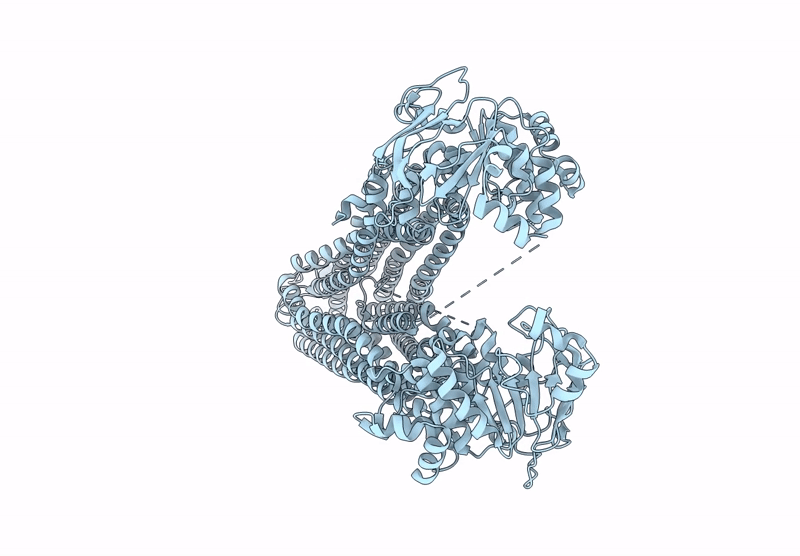
Deposition Date
2024-11-21
Release Date
2025-04-02
Last Version Date
2025-06-11
Method Details:
Experimental Method:
Resolution:
2.80 Å
Aggregation State:
PARTICLE
Reconstruction Method:
SINGLE PARTICLE


